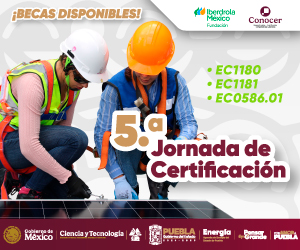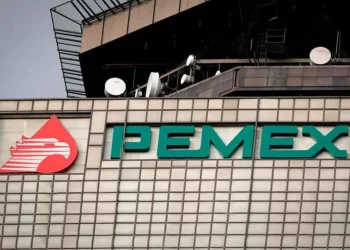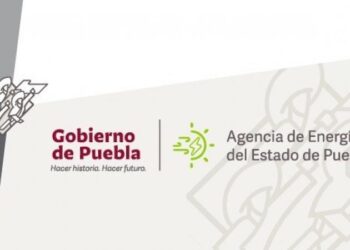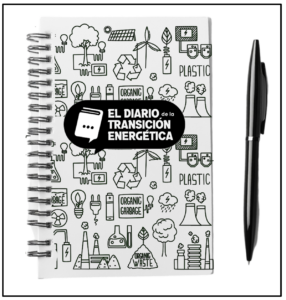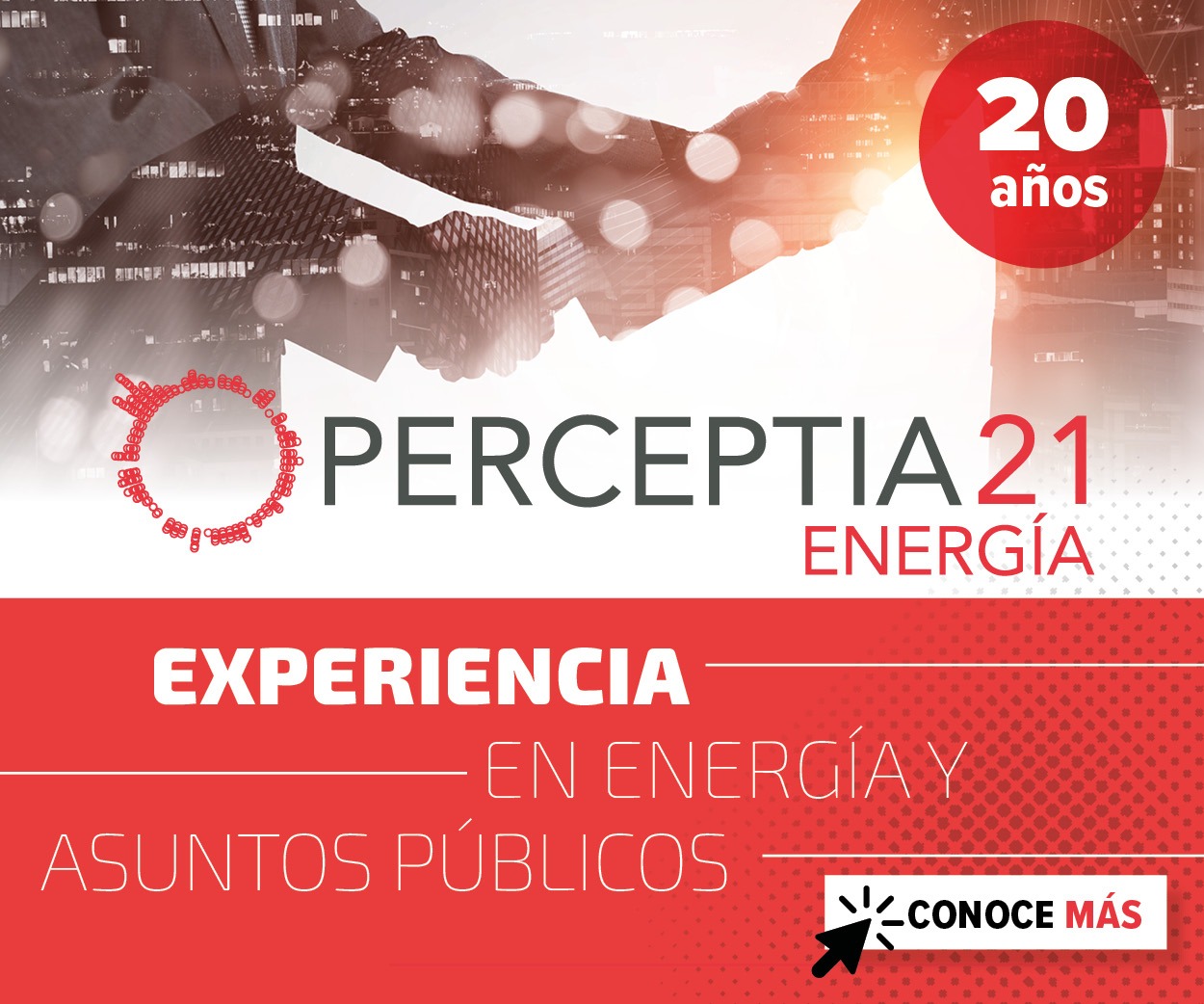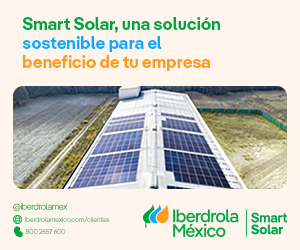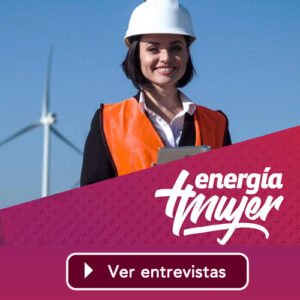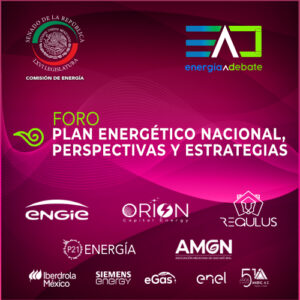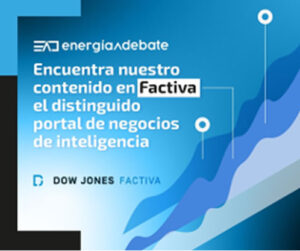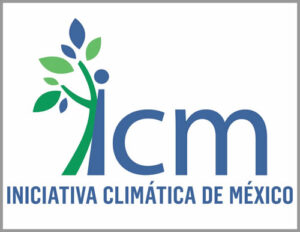James Evans and Elchin Mammadov / Bloomberg
Global spending on power generation capacity over the next 10 years may reach $4.37 trillion, with investment in new wind and solar capacity amounting to $1.92 trillion (44% of total). Asia represents about half of this investment in renewables, with China alone representing 31% of global spending, driven by increased demand in the longer-term and continued efforts to curb carbon emissions. Leading Chinese equipment suppliers in 2016 that may serve this demand include Goldwind, JinkoSolar and Trina Solar.
The Asia-Pacific region should represent an estimated 43% of all new wind investment over the next decade and 58% of all new solar photovoltaic capacity, according to BNEF?s New Energy Outlook 2016. Globally about 22% of new investment will be in nuclear, 11% in hydro with 20% in fossil fuel generation.

An infrastructure spending opportunity of up to $201 billion exists in the U.S. between 2016 and 2025 to enable 135 gigawatts of new wind and solar capacity. About 60% of new capacity may be added in the first half of the decade, due to long-term extensions of federal tax credits, assuming no policy change from the new administration. Over 10 years, solar energy accounts for slightly more than half of total renewable spending, with small-scale installs such as residential systems becoming increasingly prevalent.
Investment in new U.S. renewable energy generation should account for 71% of total U.S. generation spending in the next 10 years, data from BNEF?s New Energy Outlook 2016 show. This contributes to continued demand potential for equipment providers, such as wind turbine suppliers Vestas, GE and Siemens.

 Transporte y Logística
Transporte y Logística Tecnología e Innovación
Tecnología e Innovación Sustentabilidad
Sustentabilidad Responsabilidad Social
Responsabilidad Social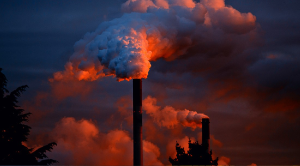 Crisis Climática
Crisis Climática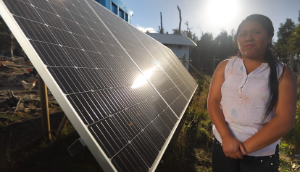 Pobreza Energética
Pobreza Energética Revista
Revista

 Infografías
Infografías


